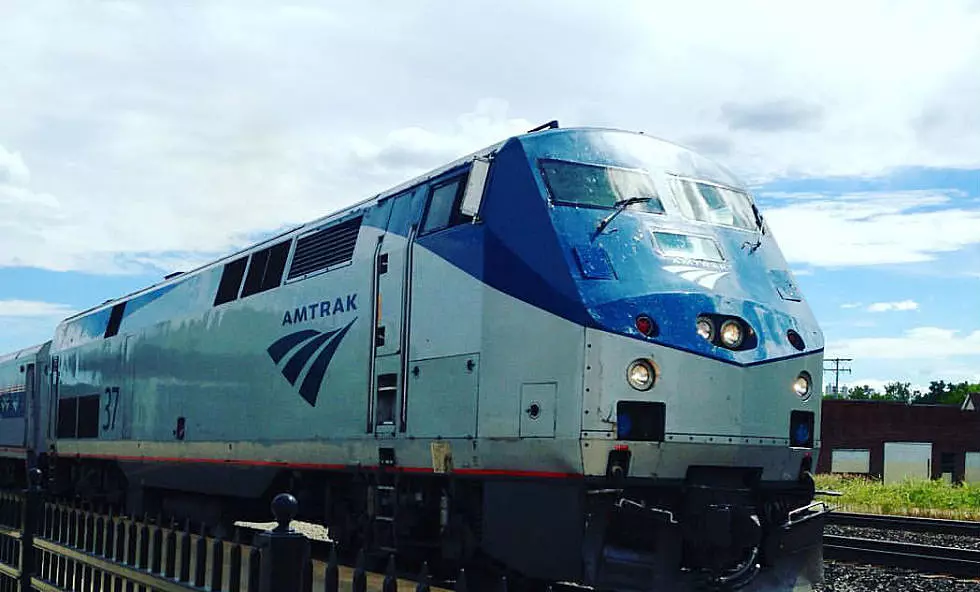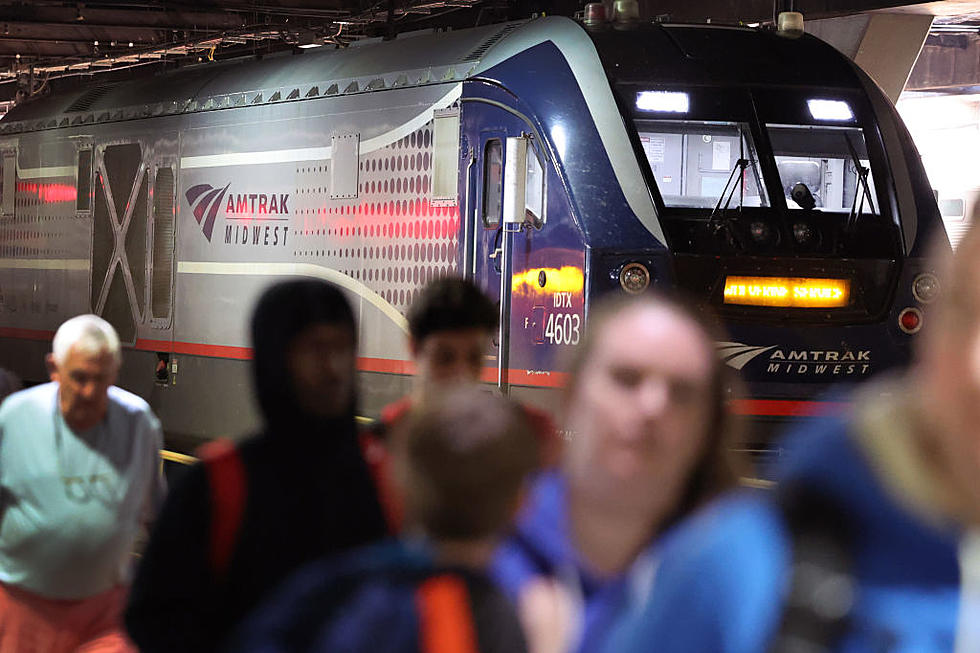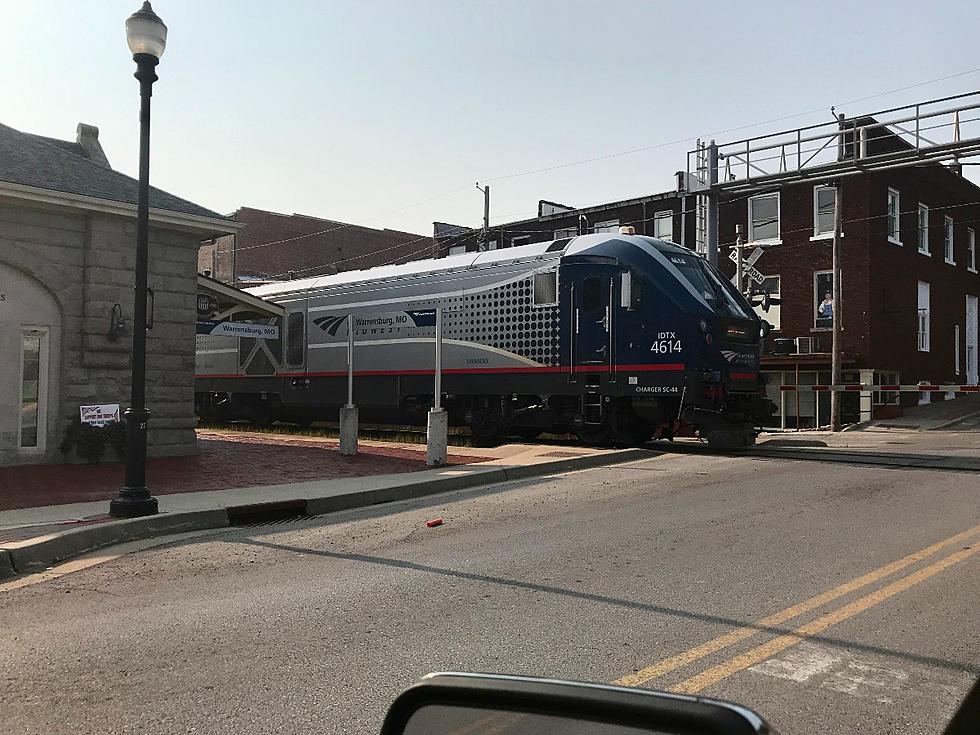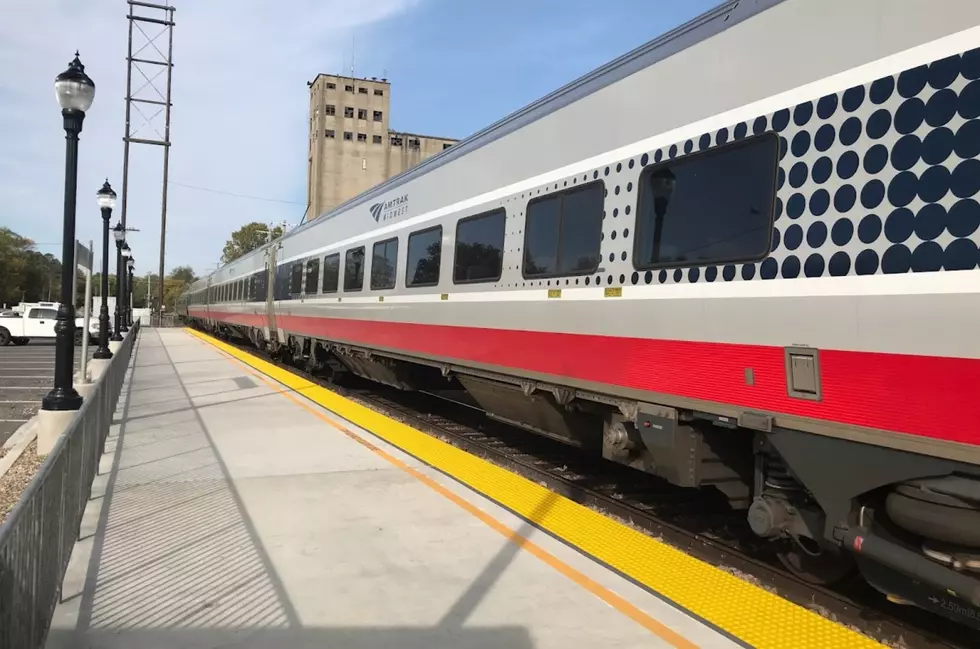
Amtrak Service Cuts Coming to Missouri and Kansas
Effective October 1, Amtrak is ending daily service on it's long distance trains including the Southwest Chief and the Texas Eagle according to a report in the Washington Post via MSN.com. Additionally state supported services like the Missouri River Runner between Kansas City and St. Louis and Lincoln Service between St. Louis and Chicago will run less frequently. Amtrak expects these service reductions to last through at least 2021.
The Post is reporting that long distance trains will adopt a tri-weekly schedule. This will impact both the Texas Eagle, which serves Arcada, Poplar Bluff and St. Louis. As well as the Southwest Chief that serves eight towns in Kansas and Missouri including Topeka, Lawrence and Kansas City.
As far as trains like the Missouri River Runner and Lincoln Service. Passengers can expect trains to run less frequently. In the case of the Missouri River Runner, I'd expect to see the service remain at it's COVID-19 scheduling of once a day.
According to the Washington Post via MSN.com, "The downsized operations come as Amtrak prepares to cut up to 20 percent of its staff in response to the financial crisis left by the pandemic. The Post says Roger Harris, Amtrak’s Executive Vice President and Chief Marketing and Revenue Officer, said in a memo to employees that:
Congress is not going to support us indefinitely to run mostly empty trains. We need to demonstrate that we are using our resources efficiently and responsibly.
The question though is whether or not moving long distance trains to tri-weekly and slashing frequencies of shorter distance routes is truly is using Amtrak's resources effectively. Jim Matthews, President and Chief Executive of the Rail Passengers Association told the Post that long distance services declined the least among Amtrak's three business units. And that many towns served by Amtrak consider the train service essential.
Additionally he said the railroad could lose "slots" to run it's trains in from the freight railroads. And that the loss in employees could hamper the railroad when it tries to restore services.
I've always enjoyed riding the train. Granted, it's not the quick way to cross the country. Yet if you have the time. The scenery, the company, the experience is one that won't be forgotten. And if you have the cash to spring for sleeping car accommodations it can be an almost perfect experience.
For shorter trips, like Sedalia to Kansas City. Or Warrensburg to St. Louis. The train can be the hassle free way to get to the city. In the pre-coronavirus world, when Amtrak was running trains in both directions three times a day, it was fairly practical as well. And that's the real argument when it comes to running trains, even empty trains, at regularly scheduled levels. Especially long distance trains.
The more frequent the service, the more likely it is that people will use the service. I've always been one to argue for more Missouri River Runner service. The idea being if I can do a true day trip to Kansas City or St. Louis the more I'd use the service. If I know I can get on a train in the morning, have a few hours in town, then hop back on the train to come home the more I'd use it.
The concept doesn't change for long distance services.Trains that run three times a week make it harder to connect between trains. They also create a limiting atmosphere when trying to book a trip using the train. And that "only service" to towns Mr. Matthews spoke to the Post about. In some places that's true. There are many Sedalia sized towns served by Amtrak, the difference is, there may not be a Kansas City or Columbia that has commercial air service 45 minutes or 90 minutes away.
I get that people aren't traveling. But it would be a shame if these cuts hobbled Amtrak's ability to return to daily schedules and more frequent service when people start to travel. If that happens, we might end up with no train service.
More From KIX 105.7









